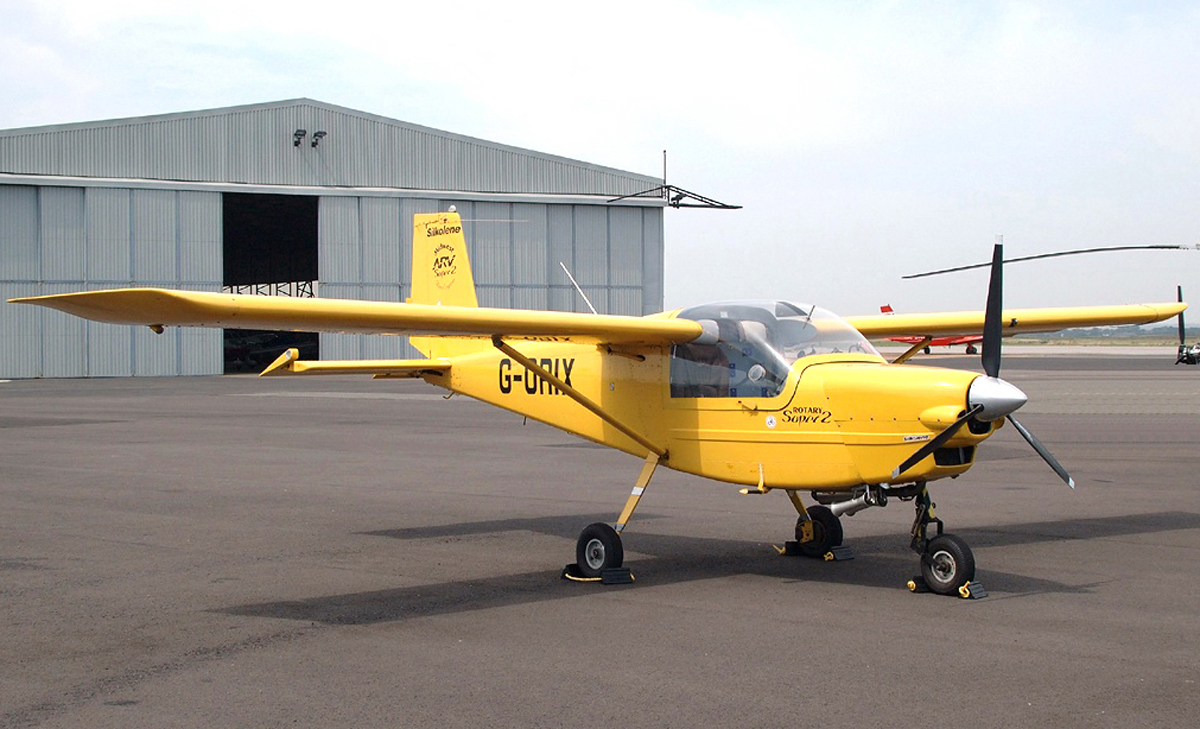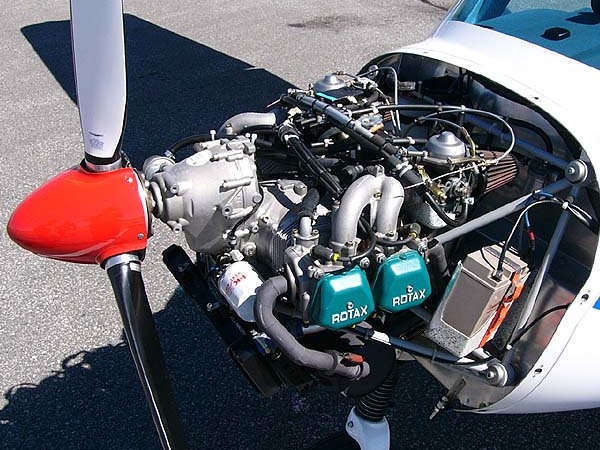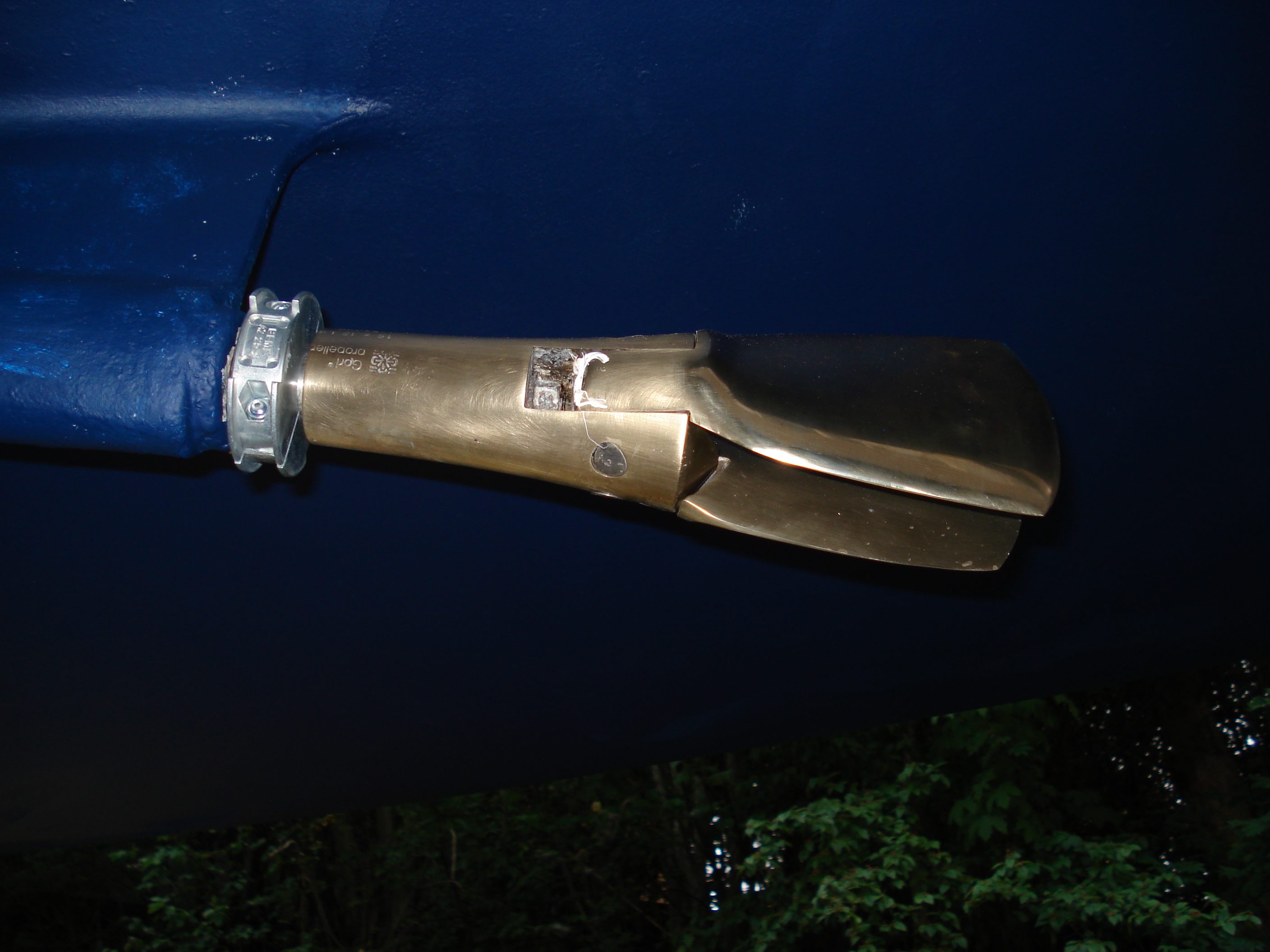|
Arplast Helice
Arplast Helice is a former French manufacturer of propellers for light aircraft and microlights. The company was based at Gargas, France. The company appears to have been wound up on 29 April 2015. The firm's main product was the composite 3-bladed "Ecoprop", which can be ground-adjustable, in-flight adjustable, or automatically folding. The Ecoprop modular propellers are lightweight, have a very slim profile and are very efficient. Also, the firm once produced its own microlight aircraft, the Arplast Micro'B The Arplast Micro'B ( en, Microbe) is a French ultralight aircraft that was designed and produced by propeller manufacturer Arplast Helice. It was supplied as a kit for amateur construction or as a complete ready-to-fly-aircraft.Bayerl, Robby; .... See also Le Dauphiné article - http://www.ledauphine.com/economie-et-finance/2013/12/03/le-concepteur-d-helices-en-carbone-arplast-se-diversifie References {{aero-stub Propellers ... [...More Info...] [...Related Items...] OR: [Wikipedia] [Google] [Baidu] |
Light Aircraft
A light aircraft is an aircraft that has a maximum gross takeoff weight of or less.Crane, Dale: ''Dictionary of Aeronautical Terms, third edition'', page 308. Aviation Supplies & Academics, 1997. Light aircraft are used as utility aircraft commercially for passenger and freight transport, sightseeing, photography, and other roles, as well as personal use. Examples of aircraft that are at the maximum gross takeoff weight for this category include the de Havilland Canada DHC-6 Twin Otter and Beechcraft B200 Super King Air. Uses Uses include aerial surveying, such as monitoring pipelines, light cargo operations, such as "feeding" cargo hubs, and passenger operations. Light aircraft are used for marketing purposes, such as banner towing and skywriting, and flight instruction. The majority of personal aircraft are light aircraft, the most popular in history being the Cessna 172, and most popular in modern history being the Cirrus SR22 and Robinson R44. Larger light aircraft, ... [...More Info...] [...Related Items...] OR: [Wikipedia] [Google] [Baidu] |
Microlight
Ultralight aviation (called microlight aviation in some countries) is the flying of lightweight, 1- or 2-seat fixed-wing aircraft. Some countries differentiate between weight-shift control and conventional three-axis control aircraft with ailerons, elevator and rudder, calling the former "microlight" and the latter "ultralight". During the late 1970s and early 1980s, mostly stimulated by the hang gliding movement, many people sought affordable powered flight. As a result, many aviation authorities set up definitions of lightweight, slow-flying aeroplanes that could be subject to minimum regulations. The resulting aeroplanes are commonly called "ultralight aircraft" or "microlights", although the weight and speed limits differ from country to country. In Europe, the sporting (FAI) definition limits the maximum stalling speed to and the maximum take-off weight to , or if a ballistic parachute is installed. The definition means that the aircraft has a slow landing speed and short ... [...More Info...] [...Related Items...] OR: [Wikipedia] [Google] [Baidu] |
Composite Material
A composite material (also called a composition material or shortened to composite, which is the common name) is a material which is produced from two or more constituent materials. These constituent materials have notably dissimilar chemical or physical properties and are merged to create a material with properties unlike the individual elements. Within the finished structure, the individual elements remain separate and distinct, distinguishing composites from mixtures and solid solutions. Typical engineered composite materials include: *Reinforced concrete and masonry *Composite wood such as plywood *Reinforced plastics, such as fibre-reinforced polymer or fiberglass *Ceramic matrix composites ( composite ceramic and metal matrices) *Metal matrix composites *and other advanced composite materials There are various reasons where new material can be favoured. Typical examples include materials which are less expensive, lighter, stronger or more durable when compared with commo ... [...More Info...] [...Related Items...] OR: [Wikipedia] [Google] [Baidu] |
Ground-adjustable Propeller
A ground-adjustable propeller is a simple type of aircraft variable-pitch propeller where the blade angle can be adjusted between pre-set limits of fine and coarse pitch.Crane, Dale: ''Dictionary of Aeronautical Terms, third edition'', page 86. Aviation Supplies & Academics, 1997. As its name implies, a ground-adjustable propeller may be adjusted only when the aircraft is on the ground and when the engine is not running. To adjust the propeller, the blades are loosened in the hub, a new angle set and then the hub tightened. Ground-adjustable propellers, which tend to be found on light aircraft and very light aircraft, are much cheaper and lighter in weight than in-flight-adjustable propellers. Although a ground-adjustable propeller is much less versatile than an in-flight-adjustable equivalent, nevertheless, compared to a fixed pitch propeller, a ground-adjustable propeller means that pitch changes can be made on the ground to optimise the aircraft for current payload and fly ... [...More Info...] [...Related Items...] OR: [Wikipedia] [Google] [Baidu] |
Variable-pitch Propeller (aeronautics)
In aeronautics, a variable-pitch propeller is a type of propeller (airscrew) with blades that can be rotated around their long axis to change the blade pitch. A controllable-pitch propeller is one where the pitch is controlled manually by the pilot. Alternatively, a constant-speed propeller is one where the pilot sets the desired engine speed (RPM), and the blade pitch is controlled automatically without the pilot's intervention so that the rotational speed remains constant. The device which controls the propeller pitch and thus speed is called a propeller governor or constant speed unit. Reversible propellers are those where the pitch can be set to negative values. This creates reverse thrust for braking or going backwards without the need to change the direction of shaft revolution. Some aircraft have ground-adjustable propellers, however these are not considered variable-pitch. These are typically found only on light aircraft and microlights. Purpose When an aircraft is st ... [...More Info...] [...Related Items...] OR: [Wikipedia] [Google] [Baidu] |
Folding Propeller
A folding propeller is a type of propeller whose blades automatically fold out when the engine is turning, and then fold back (or "feather") when the engine stops. Folding propellers are found on sailing yachts, on model airplanes, and increasingly on self-launching gliders and small motor gliders, such as the Aériane Swift PAS. Their purpose of folding propellers is to reduce drag when sailing or soaring, respectively. Folding propellers are spun outwards by centrifugal force In Newtonian mechanics, the centrifugal force is an inertial force (also called a "fictitious" or "pseudo" force) that appears to act on all objects when viewed in a rotating frame of reference. It is directed away from an axis which is parall ... when the engine is turning, but when the engine stops, the pressure of airflow or waterflow forces the blades back. Typically, the blades are geared together so that they open and close in unison. Folding propellers used mainly to be two-bladed, but 3-bl ... [...More Info...] [...Related Items...] OR: [Wikipedia] [Google] [Baidu] |
Modular Propeller
Unlike a standard one-piece boat or aircraft propeller, a modular propeller is made up of using a number of replaceable parts, typically: * a set of matched blades; * a propeller hub; and * an end cap to retain the blades and to secure the propeller as a solid unit. Modular propellers may be fitted to aircraft as well as boats. The benefits of a modular propeller are that its specifications (such as blade pitch or propeller diameter) may be altered to suit varying conditions; and it becomes much easier to replace damaged elements, such as a broken blade. Traditional one-piece propellers may be professionally modified to change the blade pitch, but this is not a common or easy option. In contrast, a modular propeller allows changes to be made quickly and easily. A modular propeller may have, for instance, a metal hub but composite blades. One patent A patent is a type of intellectual property that gives its owner the legal right to exclude others from making, using, or selli ... [...More Info...] [...Related Items...] OR: [Wikipedia] [Google] [Baidu] |
Arplast Micro'B
The Arplast Micro'B ( en, Microbe) is a French ultralight aircraft that was designed and produced by propeller manufacturer Arplast Helice. It was supplied as a kit for amateur construction or as a complete ready-to-fly-aircraft.Bayerl, Robby; Martin Berkemeier; et al: ''World Directory of Leisure Aviation 2011-12'', page 26. WDLA UK, Lancaster UK, 2011. ISSN 1368-485X Design and development The Arplast Micro'B was designed to comply with the Fédération Aéronautique Internationale microlight rules, with a lightened version for the US FAR 103 Ultralight Vehicles category. It features a strut-braced high-wing, a single-seat enclosed cockpit, fixed tricycle landing gear and a single engine in tractor configuration. The Micro'B is made from a combination of welded steel and carbon fibre, with the flying surfaces made from the latter material. Its span wing is supported by a single strut per side and features automatic flaps. Standard engines included the Rotax 447 two-stroke ... [...More Info...] [...Related Items...] OR: [Wikipedia] [Google] [Baidu] |






